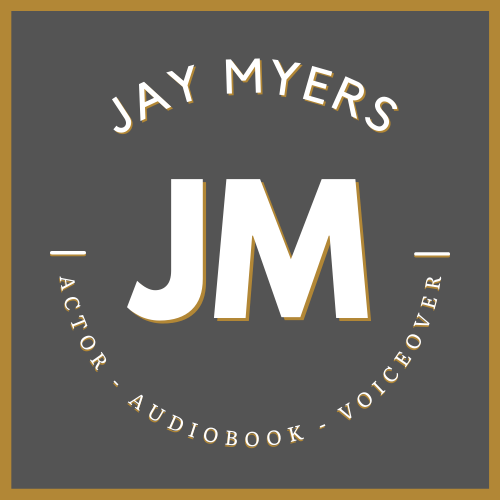The Best Headphones for Voiceover Artists
A collection of tips and advice on how to find the perfect headphones for VoiceOver talent.
There are a number of factors that go into making a ‘good’ pair of headphones for any given use case. For VoiceOver artists in a home studio, here are the most important considerations to finding the right pair for you and your setup.
Headphone Type
Comfort
Neutrality
Impedance
Headphone Type
There are a few different types of headphones you’ll run into. In the majority of use cases you’ll want a pair of closed-back headphones.
Closed-Back Headphones
Simply meaning the speakers and backs of the headphones are closed to the outside world, these are what you’ll likely end up with in your home studio. They offer good sound isolation, helping to reduce noise bleed as you monitor your recordings, and give you a good sense of what your mic is actually picking up. Additionally, the audio quality you’ll get from a good pair of closed back headphones will be the best balance between proper monitors and a solid recording setup.
In-Ear Monitors
Some VoiceOver artists opt for these which plug into your ears. The benefits to these are mainly comfort as they will be far less hot than a pair of closed back headphones will be in a long session. However, generally IEMs don’t offer the same kind of audio quality that headphones will, meaning you will most certainly need another listening system for editing and quality control after recording sessions.
Open-Back Headphones
As their name suggests, these headphones are open allowing sound from the room to mingle with the audio being played by the headphones and the audio from the headphones to bleed into the space. This makes them not ideal for recording as your monitoring may end up getting picked up by your mic. Open-back headphones are beneficial if you are editing or mastering audio, and many VO artist probably don’t need a pair of these unless producing their own projects and want a good middle road between studio monitors and headphones.
Semi-Open Back Headphones
The middle road between Open/Closed options. Often used by streamers/broadcasters so they can hear themselves with less monitoring as well as the space they are recording in. For VoiceOver, probably just stick with Closed Back though.
Comfort
Your headphones will be in contact with your body for hours at a time during a recording session, meaning if they’re too tight, too hot, uncomfortable on your ears, essentially causing you discomfort in any way—it’s not worth it. To the point where if you buy a pair, try them, and they’re not working for you—return them. Your head will thank you. (Just bear in mind some headphones might need a few hours/days to break in and fit to your head best.)
Things to look for in a comfortable pair:
How they feel on/around your ears
Pressure from the band on the top of your head
Velvet vs “Leather” ear pads (Velvet ear pads will wick sweat and generally leave you feeling less swampy. You can buy additional pads for just about any headphone out there.)
Neutrality
Some consumer headphones like Beats, Bose, AirPods, etc have features like “Bass Boost” or “Noise Cancellation” or something of that nature. In the real world these features can be very helpful and even fun (I know I’m grateful for noise cancellation on the NYC Subway). However, these features alter the sound being played. For VO that’s not a good thing as we want to understand what is being recorded as honestly as possible, and coloration from your headphones can make that challenging.
An additional note, NEVER USE BLUETOOTH. Wired connections are absolutely essential as bluetooth can introduce latency in your monitoring which is challenging at best, disastrous at worst.
Impedance
Some headphones offer different impedance levels. This is where one enters into audiophile territory, but in making your purchase it’s helpful to understand.
Impedance is described in ohms (i.e. 40ohms, 80ohms, 250ohms, etc.) and translates roughly to how much power is required to get a listenable signal out of your headphones. Higher numbers mean more power is needed, and lower numbers mean less power. Any audio interface you use will likely have the muscle to power any headphone, however if you plan on using these headphones for listening to audio from say your laptop, phone, gaming console, etc. a lower impedance may be the way to go.
This begs the question, “why have high impedance at all if some things can’t handle it?” Higher impedance can also provide slightly better audio quality in listening. Many likely wouldn’t be able to detect much difference if any, however professionals may find benefit there.
My Recommendations
Beyerdynamic DT770 Pro
A great pair of closed-back headphones that I use daily. Comfortable and great sound. ($160)
AudioTechnica ATH-m50xBT
A very neutral pair of headphones that travel well, and have bluetooth functionality that works well outside the booth. ($120-190)
Sony MDR-7560
An industry standard seen in studios all over. Pretty comfortable and at a great price. ($90)
